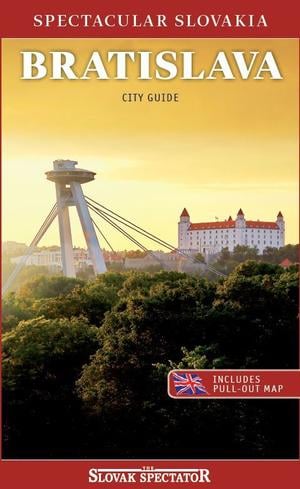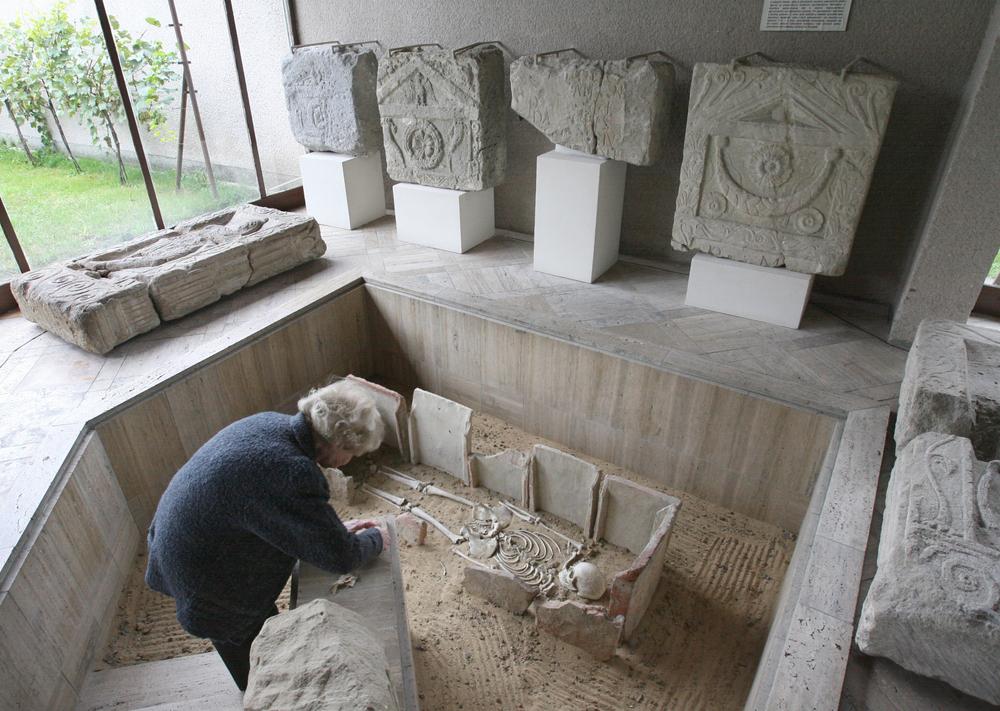You have access to this premium content thanks to ING Hubs Slovakia, the expert hub of global banking.
This article was published in the latest edition of our Bratislava City Guide, which can be obtained from our online shop with Spectacular Slovakia travel guides.

The Roman Empire stretched to the territory of today’s Slovakia for about 400 years with the Danube River serving as a borderline. Along the river the Romans built the Limes Romanus, a fortification system protecting them from the tribes of the north. Because only a small part of Slovakia lies on the southern banks of the Danube, the country boasts fewer Roman historical monuments than its neighbours Austria and Hungary.
The remains of the Limes today consist of the vestiges of walls, ditches, forts, fortresses, watchtowers and civilian settlements. The most significant in Bratislava is the military camp Gerulata, which is, together with other sights in Austria and Hungary, part of the UNESCO World heritage List.
The Roman monuments in the so-called Bratislava Gate [the area controlled by the hills of Devín and Bratislava Castle and Braumsberg above the Austrian town of Hainburg] are significant evidence of the importance of this territory because it lies on the crossroads of once important trade routes. From the north it was the Amber Route leading from the Baltic down to the Mediterranean and the Danube Route joining the west with the east.
ROMAN REMAINS IN BRATISLAVA REGION
Gerulata: Roman military camp (Event in Gerulata - September: Roman games www.muzeum.bratislava.sk)
Bratislava Castle: In the castle complex, ancient walls, preserved paving, and shards of pottery from amphorae (ancient vessels) have been unearthed. Original buildings in the castle complex were built for Celts but not by Celts; rather, they were built by ancient, mostly Roman, builders and they also include elements typical for Romans.
Devín Castle: At the Devín Castle there are stone foundations of a Roman guard tower, and military barracks were excavated, while the best preserved architecture from the Roman period is in the courtyard of the middle castle (close to the well). Some of the Roman findings are exhibited directly at the castle.
Villa Rustica: Veľká lúka meadow between Devínska Nová Ves and Dúbravka; Freely accessible foundations of an ancient Roman building.
Gerulata was the first fort on the line between Carnuntum, the then capital of the province of Upper Pannonia (now in Austria) and Ad Flexum, today’s Hungarian city of Mosonmagyaróvár. A unit of elite cavalry, the Ala Prima Canannefatum, was stationed here, while later there were civilian and agricultural settlements. There were four recognised building phases of the camp. The site’s Ancient Gerulata museum presents the remains from the fourth phase.
“Gerulata is a small Rome,” archaeologist Jaroslava Schmidtová said. “The influence of the entire Roman Empire can be seen in this small area.”
It was once located on the bank of the arm of the Danube, which branched here and formed an inland delta. In the 18th century, the river’s main course was shifted more than two kilometres. A drainage arm was built, destroying the eastern corner of the camp. The arm remains today.
The outdoor section of the museum houses the remains of a fortress with a seven-metre-deep well from the 3rd-4th centuries AD.
Visitors of the Ancient Gerulata Museum in Rusovce are greeted by a copy of a stone plate depicting the shepherd Attis from Phrygian mythology.
The original plate, which was unearthed during an archaeological dig in the area, is on display in the museum and is one of its most valuable historical artefacts.

